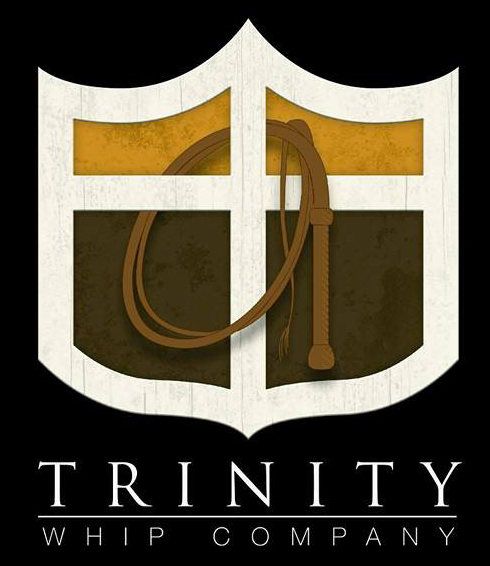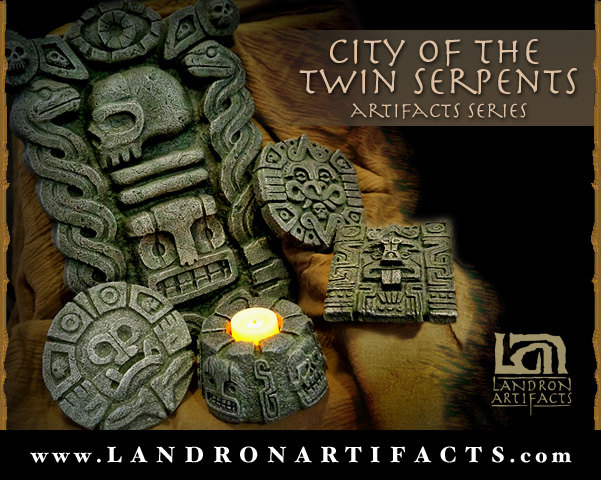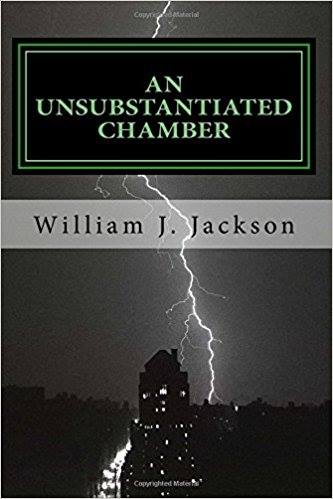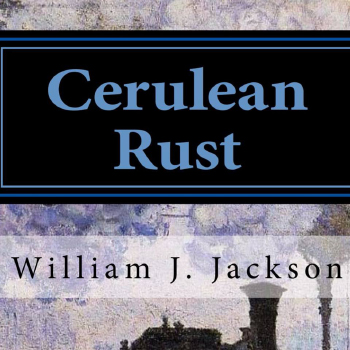EVERYMAN FICTION: DIESELPUNK AS SOCIAL DIVERGENCE
William J. Jackson | November 7th, 2017
Society (definition)
- The aggregate of people living together in a more or less ordered community.
It hit me while doing basic edits on my third novel, a steampunk novel, mind you. It wasn’t outside the box, but it is a truth in need of exploration. I had just completed the reading of Chapter One when the interruption galloped in:
Dieselpunk is an everyman genre. It is its singular distinction.
This might seem odd, but random subconscious, poppy thoughts happen regularly for me, so I went with it. I put down the pen and pushed aside the laptop in order to allow this infantile thought to mature. I nudged my mind to move back and forth through time to process the idea. It also made me wonder the point of writing an article about small communities wherein the casual and common thought of any punk genre is boiled down to two items: aesthetic and power. I don’t dispute either, and agree with most of them, but as a writer of punk more than an outward actor for any of them, the whispered thought fits more to an imagineer of punk and how it has to function in worldbuilding. Like any process, it began with a question. Here goes…
Inquiry: How is dieselpunk different from any other punk genre?
I’ll begin a bit back with some setup. Picture the well known, three decade old countercultural movement known as steampunk. What does it characterize? Handmade over robotic industry. Manners over foul mouths. Mayhaps it is bigger than the grandaddy, cyberpunk ( which I’ll get to in a minute) in terms of conventions, a TV show, dozens of online and real time groups, etc. But, as a writer, I have to ask questions beyond the look of things. Looks are swell. Looks are fantastic. Looks are inspirational, especially for an author trying to set a scene. Love it. But what is the meat of punk genre? Distill anything down to one word or term, and what would you say? If I dress in a top hat and drink tea at noon daily, am I a steampunk? No. If I help design modern corsets in a modern shop for neo-Victorian buyers, is it steampunk? Yes. But there was no steam power. No day dress, pocket watch, waistcoat, etc. no look. No power source per the typical classification put out by punk groups by and large. So, what is the backbone of a punk genre based on an actual historical era?
Society. More to the point, types and/or kinds of society at the forefront of any movement. Okay. This does not prohibit others in the scale of humanity, but every society has its popular archetypes that readily fit the mold. The mindset of a generation. They defined the look, power, what to do with said power, the good and the bad of their time which we to whatever extent imitate and add onto. Now that we’ve established that, what are steampunk societies in fiction like? To build a world or a culture, you need functional societies. Your characters/cosplay/behavior/outlook will come from that world, so deep thought is pertinent. How are they represented differently in steampunk or any other punk than, say, oh I don’t know...dieselpunk, the topic of this article?
Steampunk has class. Not only the mandatory government type or those of a chosen collegiate nature, but bona fide social class distinctions. Poor. Middle/Working (also military). Wealthy/Royalty. A cursory look into any steampunk novel reveals many protagonists are of the latter two. There are clear dividing lines. Very few protagonists in steampunk are poor, for if they were, how would they ever afford those exquisite ray guns, fancy leather goods and whimsical contraptions? The closest we get are the hard strapped crews of many a wonderful airship drama, risking all just to make a bit of coin. Now, since the actual Steam Era was dominated by the wealthy and burgeoning middle classes, one might find showcasing the obvious in fiction lacks the punk element, especially in America, where we supposedly shun such relics as royal titles. It also presents us with social class: manners, which fork to use, using surnames unless given permission to use the first name, courtesy, and so on. Yes, this was also pushed on the lower class, but there is an air of better behavior, literacy and morality in steampunk. Is it too stiff and restrictive? Maybe. I merely bring it up to contrast it against my main theme. Steampunk offers adventure, if one can afford it.
Dieselpunk! The term itself implies the characterization, as if the genre were its own cause and effect. Diesel. Grit. Dirt. Wells. Production. Manufacturing. Denim. Spanners. Gunk. Beer. Nightclubs. Slick talk. Rough unshaven faces. Guys. Gals. Dieselpunk comes in two natures, as if recognizing the duality of life. Decopunk (Ottensian) is glamorous, life as jazz or jazz is life, either or. Beauty and personal drama. Gowns and glamor. Art deco masterpieces. But like its war weary twin (Piecraftian dieselpunk), decopunk primarily deals with Average Joe. The flapper at the party. The jazz singer. Mobster. Commoners who, while some got a few wads of cabbage doing dirty deeds, are still folks from the wrong, broken side of the tracks. Thus far, it isn’t too often we see the wealthy in decopunk, thought they would fit the bill. Dieselpunk proper hits up the war end, the back alley side of life, but the Joe Schmoe appeal endures. War veteran. Private eye. Femme Fatale. Gun moll. Cutthroat. Newsie. Note, none of these archetypes are wealthy. They may get a set of nice duds once in a blue moon, but nobody’s pockets are weighed down.
Where did class go in dieselpunk? What happened to snotty elitism and haughty rich heroes who defied their upbringing? Is it due to the times? Did the Roaring Twenties kill classism? Was hot jazz too rich for their blue blood? Was it snuffed out in the Great Depression, or strangled by the decades’ long hands of fraternal twin brothers World Wars One and Two? Without a doubt, the rich were there and more were forming. War profiteers. Oil tycoons. Bankers. Old money. New money. Soldiers had to have generals to command them, but in dieselpunk, these roles are background noise. The Grunt takes center stage, as does the hotshot aviator, the tank gunner or some sweaty chap holed up in a machine gun nest on a putrid Pacific isle. Norman Rockwell as hero, a hometown painter! Imagine.
Society. Society changed. War, economic depression, the rising up of common voices in need of being heard. These things wore down the barriers, the Sepia Curtains of Victorian morality where all knew their place. The poor, those serfs and slaves and billions on billions generally forgotten by advances in life and by history, started taking hold of life.
Poor people come up in dieselpunk in droves, moving in and out of new planes of work, taking on new engineering tasks and monstrous nations bent on domination. Dieselpunk treats them with such a fondness unknown to the annals of history that that alone should rate us as pure punk, 100% grade. Clockpunk? Wealth to make it. Steampunk? Wealth to make it. Previous wars sent off the boys in style but idolized the generals. WWI and WWII made icons of the trench fighter, air ace, GI storming the beach, ragtag resistance fighters, a Jewish girl and her family hiding from racist oppression. Our federal art workers immortalized them in buildings and sculpture, in song and dance. Look around. Every other culture, past and present, makes statues of gods, kings, great battles, and mythical symbols. Not an earl or a prince or mad scientist in the lot. This does not preclude them at all. Punk genres never dismiss anything if the idea fits, otherwise we’d hit the elitism wall. But in the realm of dieselpunk, I believe the everyman society facet is its truest mantra, its standout appeal.
Now, you might believe that everyman as hero in dieselpunk is also taking the norm. But in hindsight, history books and film have generally seen fit to berate us with the big guns as usual: Patton, Churchill, Roosevelt, Stalin, Eisenhower, etc. Again, these folks did great work and bad work, and should be listed. But the common man love came and then went. By the Fifties, we slid into the love of the rock star and television icon, the coronation of Elizabeth II. Back to fame and wealth adulation, back to normal.
Yes, we can argue about power sources all the live long day, but they are all, in effect, inaccurate. Electricity ran through all the punk eras most could think of off the top of their heads. Let’s not forget coal, for electricity comes off of raw, burned matter. Solar power originated (to an extent) with the Victorians (well, even earlier, but shh!). We could wax poetic over style of dress. I understand the aesthetic debate in all punks, hats and goggles and corsets and what-not. But again, without the society to make these things, to arrange them and make them popular for whatever reason, it is dressing only. What are people from then like? Diesel Era style is superb and sharp for sure, as any film noir freak (like me) will attest to the end of time.
Well, the diesel era still also had old folks busting out their Victorian fluffery and the fedora was made in the Mauve Decade of the 1890’s, and most of the men’s three-piece look originated in the Age of Innocence, so…
So I tend to lean on social aspects when I’m writing. As such, dieselpunk is, to me, a wall breaker, unique from the other punks before and after it in that it puts forward the average person, even if they are in clunky mecha combat armor or flying a fighter plane powered by mutant wasps, they came from common stock. Steampunk will give us a character born different, set apart from the rest, noble, once from entitlement but gave it up and so on. These traits are wonderful, so don’t assume I’m putting them down because I’m not, for they make for great drama. This article is simply compare and contrast. I merely seek to explore the gist of punks, and how dieselpunk is divergent from them all.
Still not convinced dieselpunk is the common man’s gig? Okay.
Take my absolute fave, atompunk. I love it thirty percent more than dieselpunk. I know. I measured it (with a genuine punkometer). But, for all of its radioactive charm, atompunk is not a genre of average people in extraordinary situations. Nope. Sorry. Atompunk is Cold War territory. No room for norms. One hand of government informs you to embrace a better future via radioactivity, while the other advises building a bomb shelter in your backyard, for Armageddon is inevitable. Is it an everyman genre? Let’s see. Roll out the archetype list. Spy. Astronaut. Alien. Return of the Mad Scientist! Boring scientist. Helpless damsel. Mutant. Android. Monster. Superhero. Middle class and extraterrestrial specialists through and through. Each character fits a specific mission profile. Mission objectives, nationalist agendas typically, detailed scientific storylines. Agendas and paranoia. Very little common man stuff except when you dive into the 60’s countercultural movements, and even they are in the backgground. The atomic bomb and mistrust killed average guy’s brief reign and returned him to the supporting cast. Everyman is a test subject for the CIA or the next bomb drop, not typically a heroic character. Atompunk does not do normal. Normal died out in the face of the extraordinary and the operative.
Cyberpunk. Grandad of punk genres, It Which Hath Wrought The Flood. Created in the early Eighties, it laid the foundation for the trend of ‘looking back’. While we could skip about its darkened streets moaning over identity, loneliness and concepts of what’s real, let’s get real. Cyberpunk returns us to class warfare. We flip the script on steampunk: high tech in an alternate Victoriana now becomes Hyper-Victoriana in a futuristic setting. Not quite poor (they are, but have some awesome tech that makes their poverty suspect) versus (sometimes, if they care to) the mega-rich (because old rich just wasn’t up to snuff). Our so-called poor protagonists generally travel fast, have access to hacking tools and the best CGI avatars or implants, so I assume they are faux middle class in the least. But either way, we’ve slipped back into a Victorian motif, if we’ve ever truly left it behind. Hackers versus controllers. Corporation versus independence. But still, the common man is simply a numbers racket here, window dressing to show off the billions crowding the future Earth, masses beaten down by corp-states, biological drones. Everyman, seems to be there, but has vanished into the Net, for the Elites have seized the day. If Everyman shows, he is the best hacker (specialist) or souped up street samurai with selfish interests, and the toiling billions around him mean nothing.
Modern life, briefly, celebrates a near homeless aesthetic day to day, while worshipping new age celebrities (nobles) who have no true claim to anything, and powerbrokers are rich beyond what any ancient royal could ever have dared to dream. Classism 101, but now we eat it up. So long as one can shop, who cares? Carnival.
Back to dieselpunk, original in its take on the time between the First World War and the 1950’s. For a brief shining moment in all of human history, the commoner held sway. Dieselpunk celebrates that notion, that armies run on tired feet by the thousands, that weapons are built by housewives venturing out into the workplace on their own, that a child shining shoes can stop bad guys just by using his wits and raw nerve and maybe some humor. Unions fight for Average Joe. Children should go to school, not toil in sweatshops. The Marx Brothers. Our Gang. Buster Keaton. The Tramp. Rosie the Riveter. Anytime Jimmy Stewart played any role in his entire acting career! This era skipped the idolatry of the past, when men built statues to generals or the last Napoleon. They built statues of men, some guy, no name, on the march. Unknown Soldier. Weary. Rugged. Leading the way. He represented all of us, working together, one neighborhood, one nation, one union, one pact, one friendship, with purpose and powerful direction to guide destiny to a brighter light.
Note that the nobles never showed such a light to the majority, or to the half of mankind or even a tenth, though many promised as much. Big wig merchant classes haven’t done it either. Goods, yes. Equalization or elimination of social ills? Nope. They’ve had centuries. In a few decades, the working hands of Everyman built bridges, works of art, war machines, changed landscapes, all with grit and determination, as one. Why? There, and mainly in this aspect of life, it’s a numbers game. When it needed doing, we did it. No waiting for a king to make a declaration, or a guy in a fancy suit to shell out the dough. C’mon guys! We can do it! Class struggle is the biggest, longest battle in human history after the big one (Good versus Evil). Most of our time on Earth, most of our history books, glorified the actions of the upper class and their immediate followers. The rest of the population? Ignored. Cannon fodder. Victims. Slaves. Pawns. Not in dieselpunk. For one shining eye blink in the timespan, the masses held the key to the city. Average Joe lifted his head up. With spunk and grit and slang on his tongue, he and she got to work.
This is dieselpunk to me. It’s one thought, and a retro one at that. Us. As one.
Pitch in.









